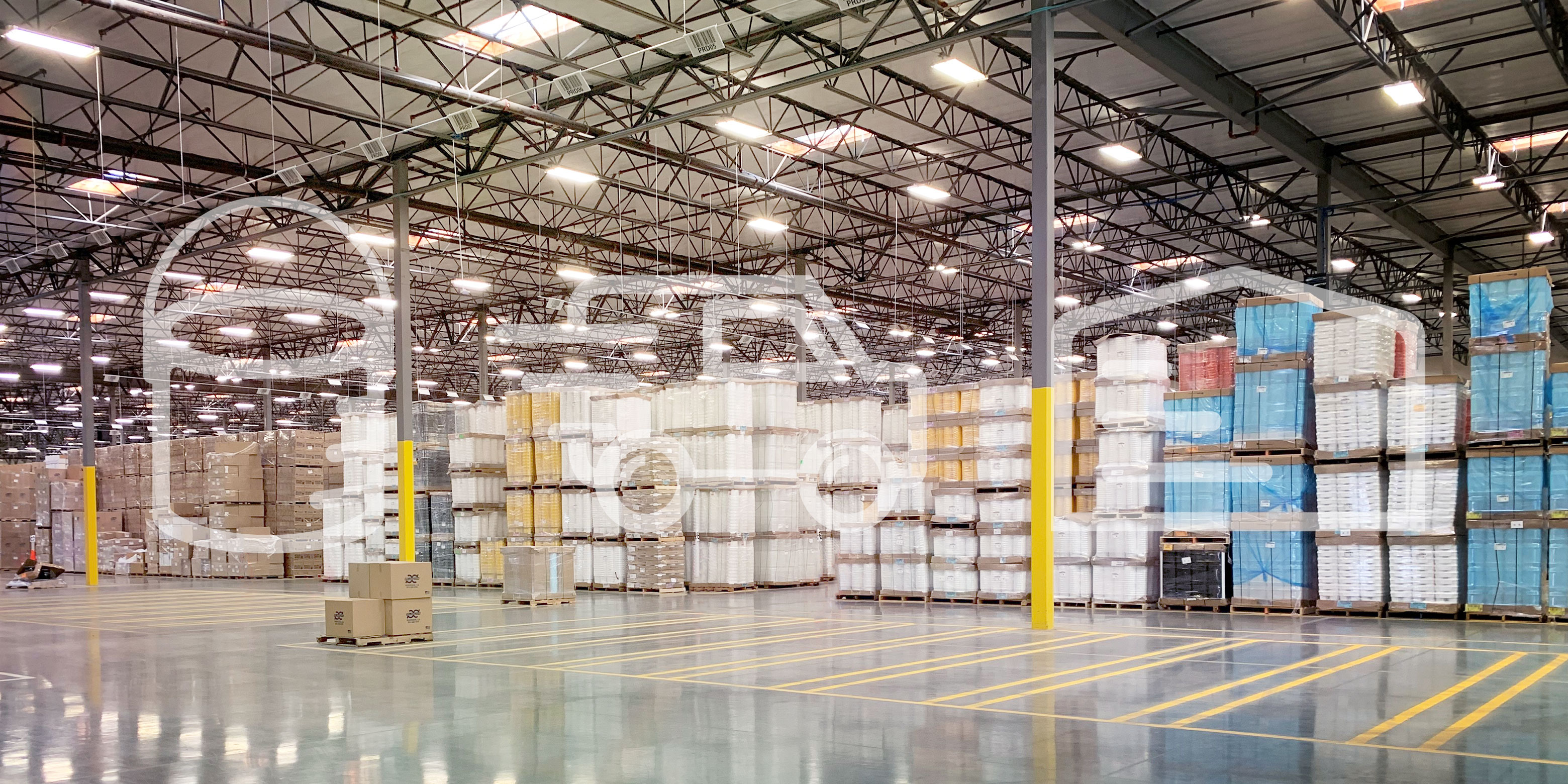KNOWLEDGE
Considerations When Choosing Packaging Material
Packaging material is an essential part of building a successful product and there are many important factors to consider when choosing the material that works best for your product’s needs.
Selecting a packaging material that keeps your customer top of mind by considering what your customer is attracted to, what keeps your product safe, maintains your brand’s integrity, and is within budget is vital for a product’s success. To help ensure each of these factors are met, the following are the top five things to consider when choosing which material to use for your packaging.
1. Product Compatibility
When it comes to selecting the right packaging material for your product, you’ll want to think about what type of material will work best for your product. Choosing a packaging material that is incompatible with your product can result in a poor user experience that can lead to unhappy customers and even product liability. To protect your customers and your brand, be sure to choose a packaging material that works for your product. Consider the following questions to help determine product compatibility.
Does the packaging material keep your product protected during transport, storage, and on store shelves? Are specific barrier properties needed to prevent moisture or oxygen from affecting the product? Does your product need to be in dark-colored material to protect it from sun and light exposure? Understanding your product’s unique requirements to maximize its shelf life is key to identifying the right packaging material to pair with your product. As a packaging distributor who has worked with brands across a spectrum of industries, we can provide guidance on the materials that have worked best for customers similar to your industry. However, testing your product with your packaging material choice is vital to ensure they are compatible.
What packaging size are you looking for? Choosing the right size packaging can also affect your material options. More packaging material options are available for smaller consumer products, but for larger sized containers for bulk products, some materials are not as commonly available due to factors such as fragility or manufacturing capability.
Does your packaging material align with the values your company is promoting? For example, if your brand sells natural products, you will want to reflect those values into the materials used to package by opting for natural looking product packaging like paperboard or something made with recycled material also known as PCR (post consumer resin) that can be recycled or refilled.
We understand that finding the right material is a process, especially rigid packaging material. To help start your journey to identifying the right packaging material for your product, we’ve listed the most common materials below.
Types of Material
GLASS
Glass bottles and jars are 100% recyclable and can be recycled endlessly without any loss in purity or quality. Glass is made from readily available domestic materials, such as sand, soda ash, limestone, and “cullet,” the industry term for furnace-ready recycled glass.
PLASTIC
There are many different types of plastics available that range in density and form. Plastics are coded with a number on the bottom from 1-7 to determine they’re recyclability with #1 and #2 being the most widely accepted for recycling. There are also plastics that are made from post-consumer resins (PCR) as well as derived from plant-based materials (PLA) with varying degrees of compostability.
METAL
Aluminum, tinplate, and steel are all types of metal material that are available in a variety of forms and rigidity. The harder the material is the more impact resistant it will be. Metal is a popular material for a range of products across industries. Some common uses include beverage bottles, paint cans, and oil drums.
FIBER
Paperboard-fiber is a popular packaging material composed of wood fibers and available in many grades, based on the type of wood fiber and fabrication process. It is printable and has physical properties that allow it to take various forms such as flexible, semi-rigid, and rigid.
Properties of Material
FLEXIBLE
Flexible packaging material includes all pliable material. Some popular choices for flexible material are clam shells, shrink film, stretch film, flexible pouches, and seal bands. Flexible packaging can be made from any kind of protective material such as plastic, paperboard-fiber, foil, and more.
RIGID
Rigid packaging materials are much harder and heavier than the material used in flexible packaging. Some common forms of rigid packaging material include glass, hard plastics, cardboard, and metal. Rigid materials are often more expensive than their flexible alternatives and usually have a higher carbon footprint. Rigid materials such as glass and some plastics can be recycled or reused to help offset the carbon footprint.
If you need help identifying what type of packaging material is right for you, connect with one of our friendly customer service associates to assist you in your search.
2. Marketing
Once your material options have been identified, you can take your marketing goals into consideration to further narrow down your packaging material choices. A common marketing goal for the container is how you want your customer to view your products. Do you want clear packaging for the product to be clearly visible through the packaging material? Do you have sustainability goals that would lead you to choose a sustainable material? These considerations will help you decide how you want to present your product, establish brand consistency, and build recognition in the marketplace.
3. Cost
Cost plays a major role in the day-to-day decisions you make for your business. Investing in packaging is a necessary expense and can be more costly if the material is not appropriately selected. Costs can quickly accumulate from a variety of sources which will trickle down to the customer.
Shipping is one area that can drive your cost up. For example, if your product is packaged in glass – a heavy and breakable material – then you’ll need to factor in the additional cost of weight for shipping as well as taking into consideration items that may be damaged due to breakage. You can limit breakage by providing extra protective wrap to keep the product safe during transport, but this too is an additional cost to consider. Aluminum is another material that can be easily damaged and dented during transport if not well-protected. All materials have advantages and disadvantages. It’s vital to make sure you thoroughly test your product with the container made from your packaging material choice to calculate base packaging costs, but also be aware of external costs such as shipping.
Another cost to consider stems from consumers leaning more towards sustainable products and packaging materials which can be more expensive than their less environmentally-friendly counterparts. Regardless, the added cost of choosing sustainable packaging materials will more than likely pay off since a recent study on consumer trends shows that 55% of survey respondents in the US were concerned about the environmental impact of product packaging.
4. Convenience & Availability
Raw material availability may not be an immediate factor to consider, but having insight on material availability in the packaging industry may affect your selection due to costs. For example, some materials such as plastic resins are more readily available and are molded into containers domestically while glass containers are mostly manufactured overseas.
Having a trusted packaging supplier to help you navigate the vast world of packaging can help minimize costs by identifying the best material to fit your product’s needs. Since suppliers work with companies from a spectrum of industries, they can save you hours of research by identifying the material that will best suit your product with their experience serving previous customers in your industry. In addition to a packaging supplier’s knowledge, specifically with packaging distributors, distributors may already stock container styles immediately available for purchase in the material you’re interested in.

5. Sustainability
Sustainability should play an important role in your decision making as more and more states begin to legislate industry-specific sustainability requirements for packaging. Demand is steadily increasing for eco-friendly products and packaging, and many consumers are willing to pay more for it. Use of recycled materials, plastic alternatives, and refillable or reusable containers is rising as consumer demand, retail requirements, and government regulations continue to expand.
With growing demands from the market and government, eco-friendly packaging materials are constantly being innovated to help brands achieve sustainability goals.

Once you have identified the best material options for your product, you’ll need to determine how to choose the right packaging for your product. Since 1976, Paramount Global has been proudly partnering with businesses across industries to bring their products to the market. We build lasting partnerships with businesses like yours by delivering innovative solutions and personal service. Contact us and let us help you find the right packaging material for your products.
Hayley is a marketing professional and copywriter with a background in crafting content for a diverse range of industries. She has been writing about packaging and supply chain logistics for Paramount Global since 2022. She specializes in explaining complex topics in a clear and engaging way and is an advocate for sustainability in packaging and supply chain management.
Read More
For over forty years, Paramount has been delivering perfectly integrated packaging and supply chain solutions.
